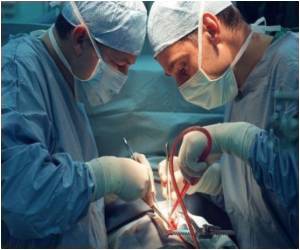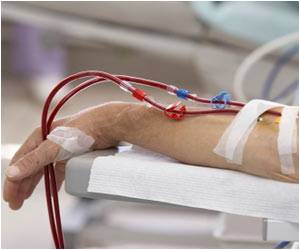Use of extracellular matrix derived from a pig's bladder could cause damaged muscles in the legs to grow stronger and regenerate in three out of five men with old surgeries

"These are patients who can't walk anymore, can't get out of a car, can't get up and down from a chair, can't take steps without falling. Now we might have a way of helping them get better." For the Muscle Tendon Tissue Unit Repair and Reinforcement Reconstructive Surgery Research Study, which is sponsored by the U.S. Department of Defense and is continuing to enroll new participants, five men who had at least six months earlier lost at least 25 percent of leg muscle volume and function compared to the uninjured limb underwent a customized regimen of physical therapy for 12 to 26 weeks until their function and strength plateaued for a minimum of two weeks.
Then, study lead surgeon J. Peter Rubin, M.D., UPMC Professor and chair of plastic surgery, Pitt School of Medicine, surgically implanted a "quilt" of compressed ECM sheets designed to fill into their injury sites. Within 48 hours of the operation, the participants resumed physical therapy for up to 26 additional weeks. The researchers found that three of the participants, two of whom had thigh injuries and one a calf injury, were stronger by 20 percent or more six months after the surgery. One thigh-injured patient improved on the "single hop test" by 1,820 percent, and the other had a 352 percent improvement in a chair lift test and a 417 percent improvement in the single-leg squat test.
Biopsies and scans all indicated that muscle growth had occurred. Two other participants with calf injuries did not have such dramatic results, but both improved on at least one functional measure and said they felt better. "This work represents an important step forward in our ability to repair tissues and improve function with materials derived from natural proteins. There will be more options to help our patients," Dr. Rubin said. The study also showed six months after an injury, mice treated with ECM showed signs of new muscle growth while untreated mice appeared to form typical scars.
Source-Eurekalert












